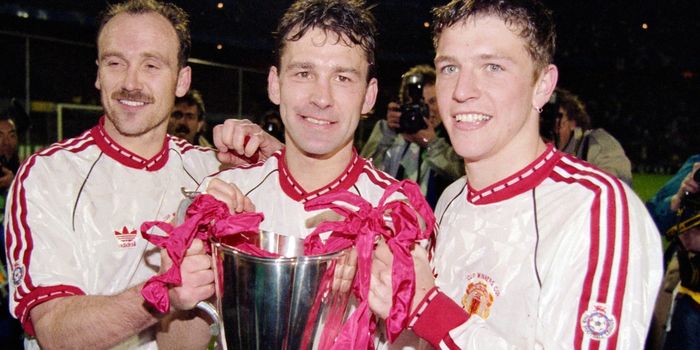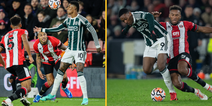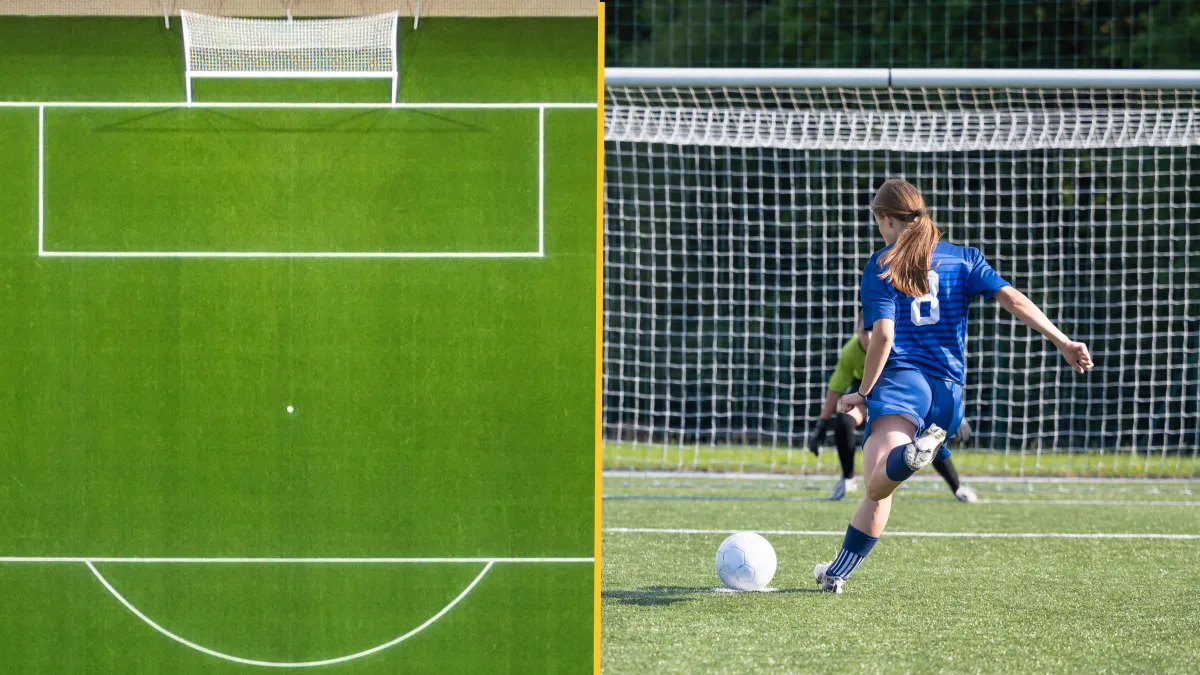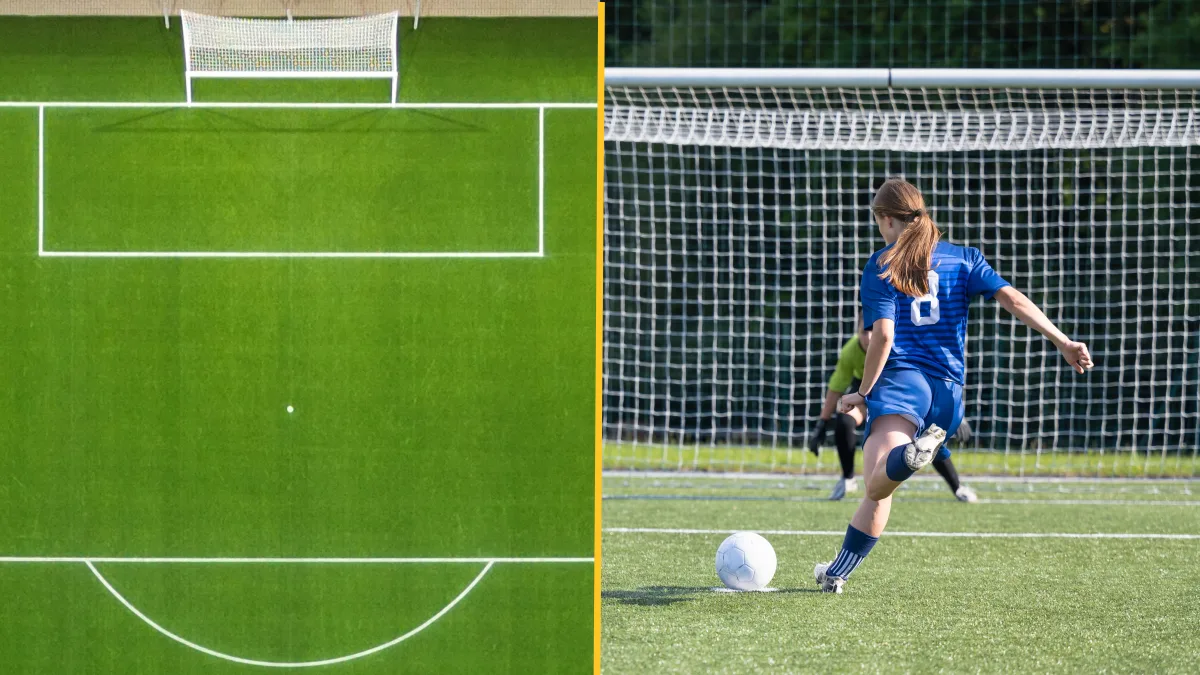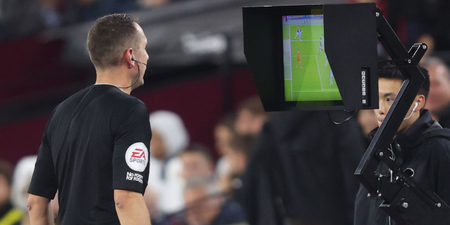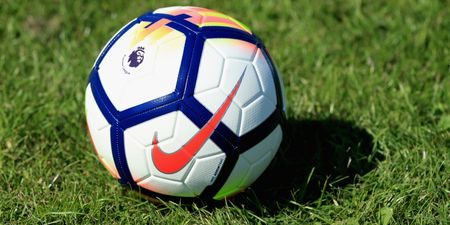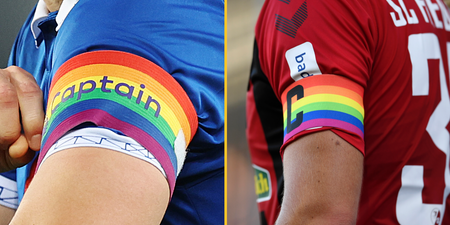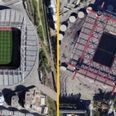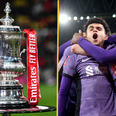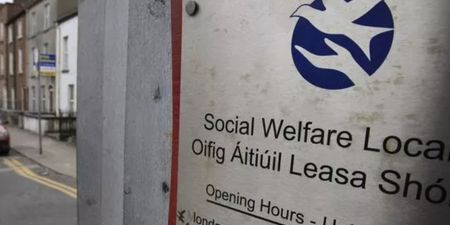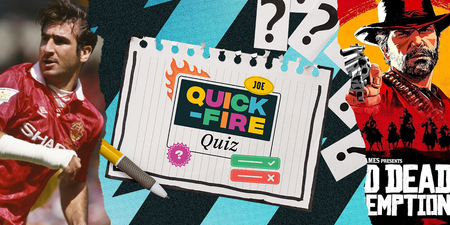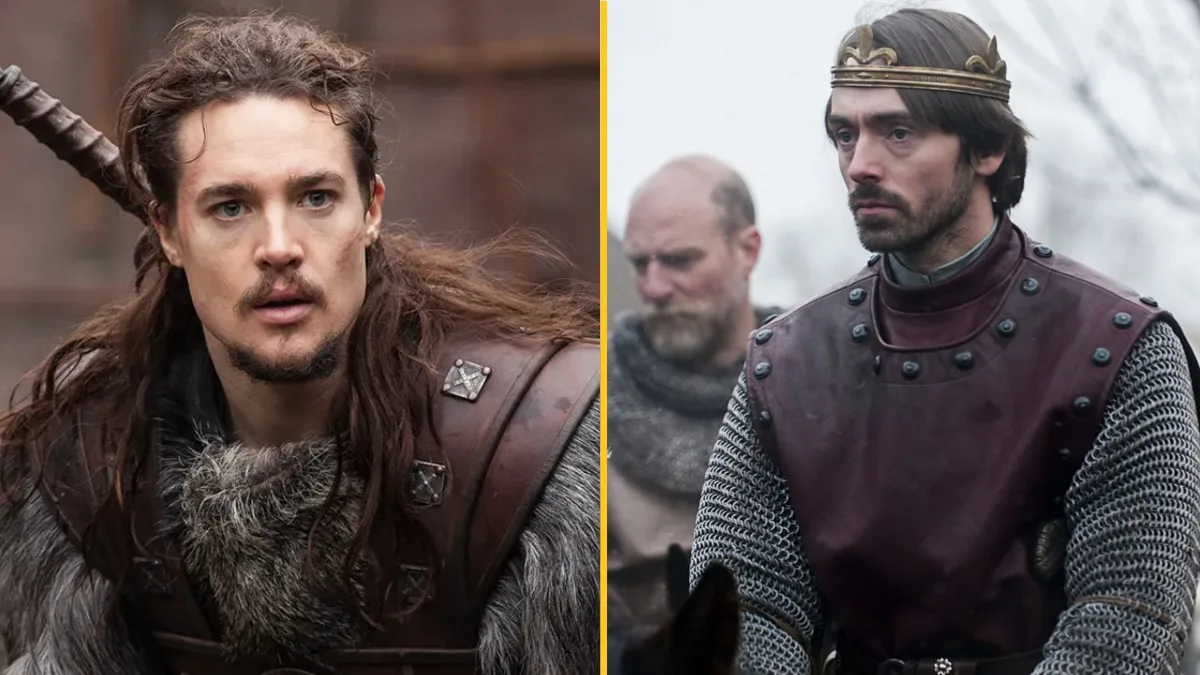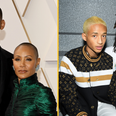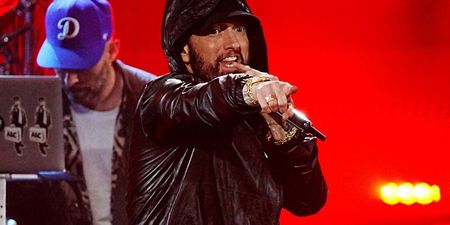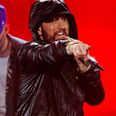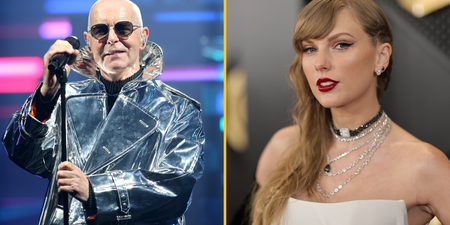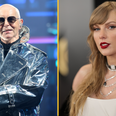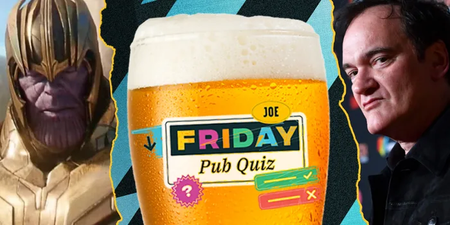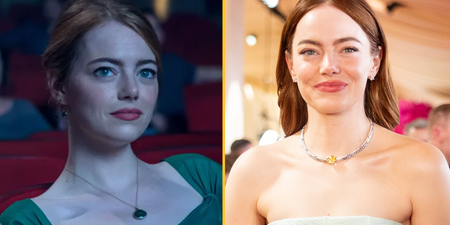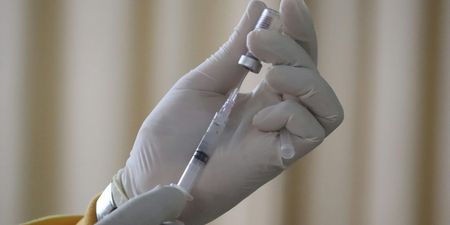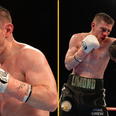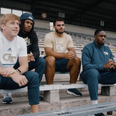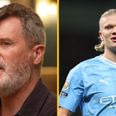“That’s what you like to hear.”
It has been 31 years since Lee Sharpe won the PFA Young Player of the Year award, and there is still that sparkle in his eye as he sits and recalls his days at Manchester United.
Sharpe arrived at United as part of a crop of young players dubbed Fergie’s Fledglings. This was before the ‘Class of 92’ generation that included David Beckham, Paul Scholes, Nicky Butt and the Neville brothers. Part of this first crop was Lee Martin, Russell Beardsmore and Mark Robins, with Sharpe being the stand-out.
Ferguson moved the likes of Frank Stapleton, Jesper Olsen, Gary Bailey, Norman Whiteside, Paul McGrath and Kevin Moran on, in his first three seasons, and brought in Brian McClair, Steve Bruce, Gary Pallister and Paul Ince. He also gave youth a chance, buoyed by a batch of decent prospects that won the 1986 FA Youth Cup.
Sharpe arrived in 1988 after United paid Torquay United £200,000 – a then record for a YTS (Youth Training Scheme) player. The former United winger recalls:
“The move came as a shock to me. We were playing for Torquay United on a Friday night. I went home after that and was woken up around 1am, Saturday morning, by a phone call from my manager, Cyril Knowles. He was on the line with the secretary, Dave Turner, and said, ‘We’ve just been driven around for the past hour in a Jaguar – Alex Ferguson and Archie Knox [his assistant] want to see you in the morning and you’re not leaving until they get your signature. They want to sign you for Manchester United.”
Sharpe, who had only just turned 17, signed for Manchester United the next morning. He played a few games at left-back but started getting more chances as a winger when Olsen and Ralph Milne were not cutting it for Ferguson. He was nominated for PFA Young Player of the Year after his debut season with United, losing out on the big prize to Arsenal’s Paul Merson.
Lee Sharpe signed for Manchester United in 1988. (Credit: Getty)Lee Sharpe on Alex Ferguson’s attacking philosophy
Manchester United finish second to Liverpool in the First Division, in Alex Ferguson’s first full season as manager. They slumped to 11th in Sharpe’s break-through campaign.
The following season, Sharpe played 18 times and scored his first United goal (against Millwall) but missed out on a place in the FA Cup Final squad. Danny Wallace, who had been signed from Southampton, pipped him to that spot. Lee Martin scored the final replay winner to deliver a trophy and relieve the pressure that had been building as United stumbled to 13th in the league.
“It was a difficult time,” recalls Lee Sharpe, who was speaking with us for Instant Casino. “Everyone realised the pressure the manager was under. The players felt that. We had a strong squad, though, and everyone believed in the process, as much as that sounds like a cliché! The manager was building a good squad with so many so-willed players there – guys like Bryan Robson, Steve Bruce, Garry Pallister, Brian McClair, Mark Hughes. When you have a back-bone of a team like that, you had something you could build from.”
That FA Cup win, in 1990, bought Ferguson time and the club finished 6th the following season, lost a League Cup final to Sheffield Wednesday but beat Barcelona in Rotterdam to win the old Cup Winners’ Cup. Sharpe scored three times in 32 appearances, that season, and, at 19, won the PFA Young Player of the Year.
On the way to that League Cup final, United travelled to Highbury to take on an Arsenal side that would go on to win the league with seven points to spare, conceding just 18 goals in 38 games. To everyone’s amazement, United were 3-0 up by half-time.
“It was an amazing night,” says Sharpe. “Arsenal had the best best four and goalkeeper than any team could wish for. We ended up scoring six against them. The manager always had a plan against Arsenal – he knew they wanted to show you inside, so he’d want us to move the ball across the pitch quickly, keep that width, and he knew we would create chances. To be 3-0 up at half-time was unbelievable and the dressing room, as you can imagine, was quite jovial. We came back out for the second half, had barely kicked a ball and it was 3-2. I was thinking, ‘We’re going to get beat, going to get hair-dryered. It’s going to be horrendous’.
“Fortunately, we ended up going up the other end and scoring. Then I got my hat-trick and Danny finished them off, 6-2. It was incredible. I always loved going to Highbury – it was an amazing ground to play at. But to score three, against one of the best ever defences and the England goalkeeper (David Seaman), it was beyond my wildest dreams.”
The following season saw United go agonisingly close to ending a long wait for the league title before, finally, in 1993 they bridged a 26-year gap. The double would follow in 1993/94 as an attractive brand of attacking play, utilising pacy, daring wingers, took hold. On that ‘attack, attack, attack’ philosophy, Sharpe says:
“I would like to get the ball and run at people and take people on and get crosses in, and Ryan Giggs and Andrei Kanchelskis were the same. I think it goes back way before us, you know. You’re looking at the likes of Stevie Coppell, Peter Barnes and George Best, obviously, who is the best example.
“Man United have always been an entertaining team to watch, and that’s why people like them. You know they’re going to let a team have two or three chances, and maybe score a couple, but they always feel they can score more. One of the things the manager always said to us was, ‘You’ve got to take risks to win football matches. You just have to do that in the right areas’. As a winger, that’s what you loved to hear.”
A major factor in United ending the long wait for league glory was Eric Cantona, who Leeds sold to them for a paltry £1.2 million in November 1992. The fee was so low that Brian Kidd, then assistant to Ferguson, was said to have remarked, “Has he lost a leg, or something?”
“Cantona added that sprinkle of magic dust,” Sharpe states. “He brought an arrogance, a confidence and that little touch of class that we needed. We were breaking teams down, often, but found it tighter in other games. Eric opened doors in some games that others couldn’t. That creativity and confidence, and that touch of arrogance, fed into the team. He was immense for what we did.”
Lee Sharpe was excellent for United in that double-winning year, scoring 11 times in 41 games, including a double to beat Aston Villa 2-1 at Villa Park, winners at home to Tottenham and away to Everton (in the space of a week) and another double in a 2-2 draw away to Arsenal, back at Highbury.
Lee Sharpe, Roy Keane and their Manchester United teammates welcome Take That to Old Trafford. (Credit: Getty)Lee Sharpe on “hilarious” Roy Keane
One of the friendships sparked up by Lee Sharpe at Manchester United was one that some may now look back upon as unlikely.
His peg in the United changing room was next to Roy Keane, signed in the summer of 1993, and the pair soon became thick as thieves. In the video (above), Sharpe takes credit for kitting Keane out in fancy new threads.
“Roy was hilarious,” Sharpe recalls. “I sat next to him in the training ground and we just spent most of our day laughing our heads off.
“He was absolutely hilarious and, at times, could be quite cutting in his banter. But, you know, his motto was, ‘You can’t get hung for telling the truth’. He told the truth, whether it was brutally honest, whether it was hurtful, whether it was complimentary. He told the truth and you knew that’s what you were getting from him.
“He was a very clever footballer, too. He knew where to position himself; what was going on around him. He was a little bit like a a Brian Robson, and I think he learned a lot from Bryan. They both knew what the game needed, at any given time in the match – if it needed a tackle, a ball over the top, if he needed to keep it and give people a breather – he just knew what the game needed. He also demanded the most out of everybody, no matter who you were, what position you were in. He was there to demand 100% of everyone at at all times and just grew into an absolute leader. He was incredible.”
As first Ryan Giggs then David Beckham pushed themselves to the fore, the final few seasons for Sharpe at United saw him filling in on both wings, left-back and even in centre midfield. “Left wing, right wing, I didn’t mind where I was playing,” he says, “as long as I could get forward. I wasn’t the most naturally defensive of players. Defending wasn’t too much fun, but I did my fair share when I had to. For me, I always wanted to be attacking, taking players on and entertaining the crowd. I was in the perfect team for it.”
Laughing when he is reminded of his Premier League jersey number – ‘Sharpe 5’ – he recounts how that conversation went with Alex Ferguson. “I went to see the manager (in the summer of 1992). Most of the squad were settled in their numbers. He told me, ‘You’re getting number 5’. I didn’t want it and asked if I could change it. He told me, in no uncertain terms, I was getting 5. That was the way it went!”
Some of Man United’s 1992/93 Premier League squad numbers
- 7 – Eric Cantona
- 8 – Paul Ince
- 11 – Ryan Giggs
- 12 – Bryan Robson
- 14 – Andrei Kanchelskis
- 19 – Nicky Butt
- 24 – Paul Scholes
- 28 – David Beckham
Reminded that Zinedine Zidane wore No.5 for Real Madrid – a number Jude Bellingham now dons for Los Blancos – Sharpe jokes, “I’m certainly not putting myself up against Zidane!”
Sharpe’s final season at United saw him make 41 appearances, across all competitions, as the club went on to win another double. He would turn 25 a little over two weeks after United beat Liverpool in the FA Cup Final. Ferguson was keen for him to stay on at Old Trafford but the winger sensed the tide, with Beckham set for a long stint on the right wing and Giggs going nowhere.
“My move came about from that personal ambition to start a bit more. That season, I had played left back, left midfield, centre midfield, right wing. I was playing all over the place but, at times, I was playing well then getting left out for fellas coming back in.
“I felt that if I could play well and still get left out the following week, it was coming a bit soul-destroying. I just wanted to go, find my own feet and try something different.”
Lee Sharpe moved to Leeds United for £4.5 million and scored six times in 31 games, that first season at Elland Road. A pre-season knee injury wrote off his 1997/98 season and he was not the same player when he returned.
The former England international would only play seven more times for Leeds after returning from injury, before David O’Leary loaned him out to Sampdoria. Sharpe played for Bradford and Portsmouth and had brief flurries abroad and in the lower leagues before hanging up his boots at 33.
The Manchester United days were the highest of highs and, almost 28 years after he moved on, the stories he is happiest to re-live from his entertaining career.
- Former Manchester United and England star Lee Sharpe was speaking with JOE for Instant Casino
Join JOE’s WhatsApp community for first access to news, updates, and quizzes. Click on this link to receive news and the latest headlines directly to your phone. You can leave the group at any time.
Read next:
- Chelsea vs Liverpool: Follow the Carabao Cup final live in our hub
- Liverpool fans furious after Virgil van Dijk’s goal ruled out by VAR
- Yossi Benayoun explains why Steven Gerrard should be the next Liverpool manager
- Jurgen Klopp’s rough injury update could seal Caoimhín Kelleher’s Liverpool fate
- Liverpool reject late €17.5m bid for Caoimhín Kelleher as Adam Idah heads for Celtic
- Jurgen Klopp’broke a promise” before Liverpool’s second half stormer against Luton
